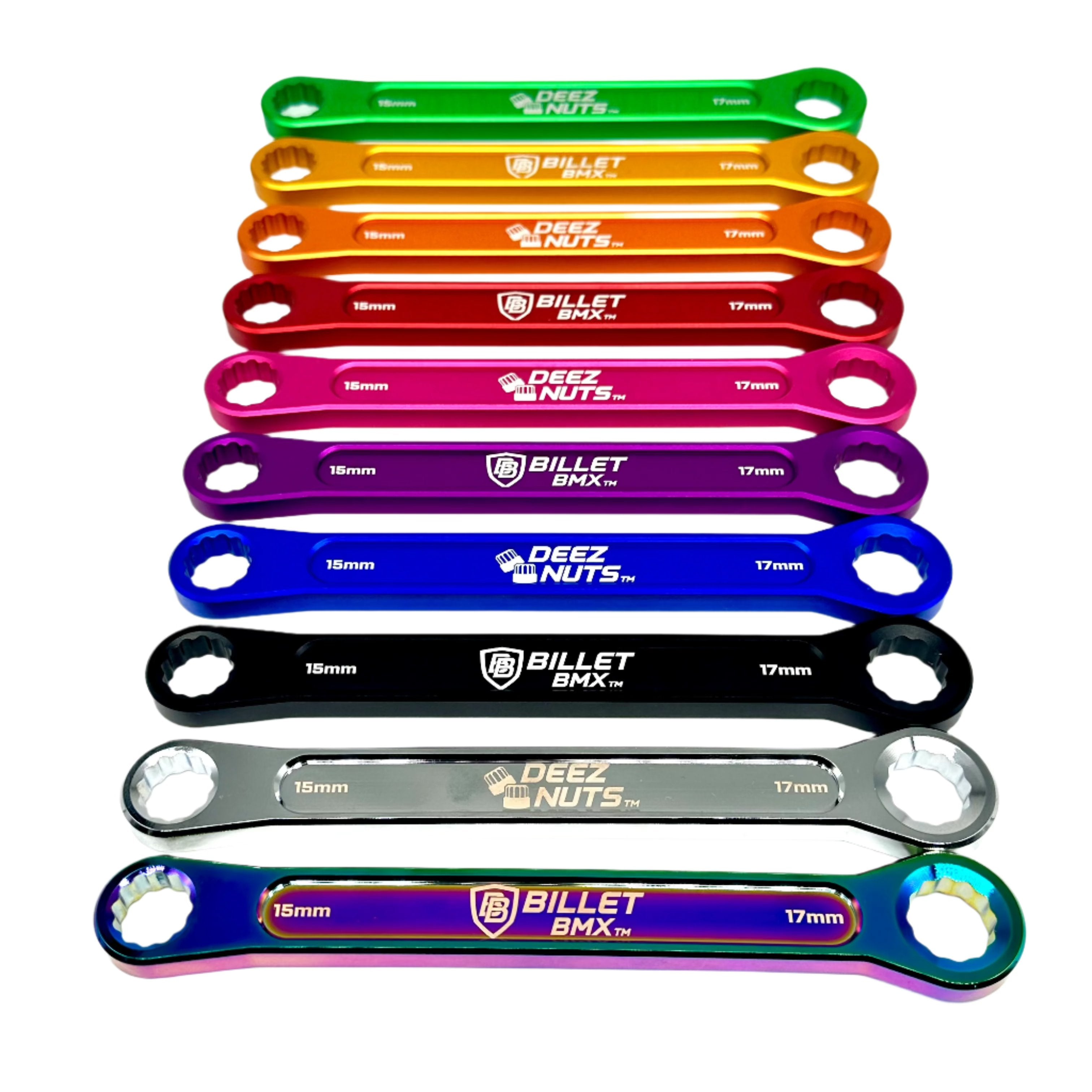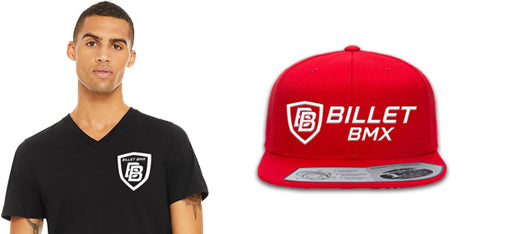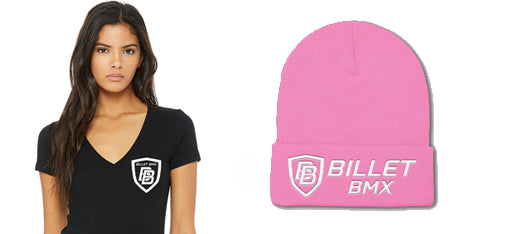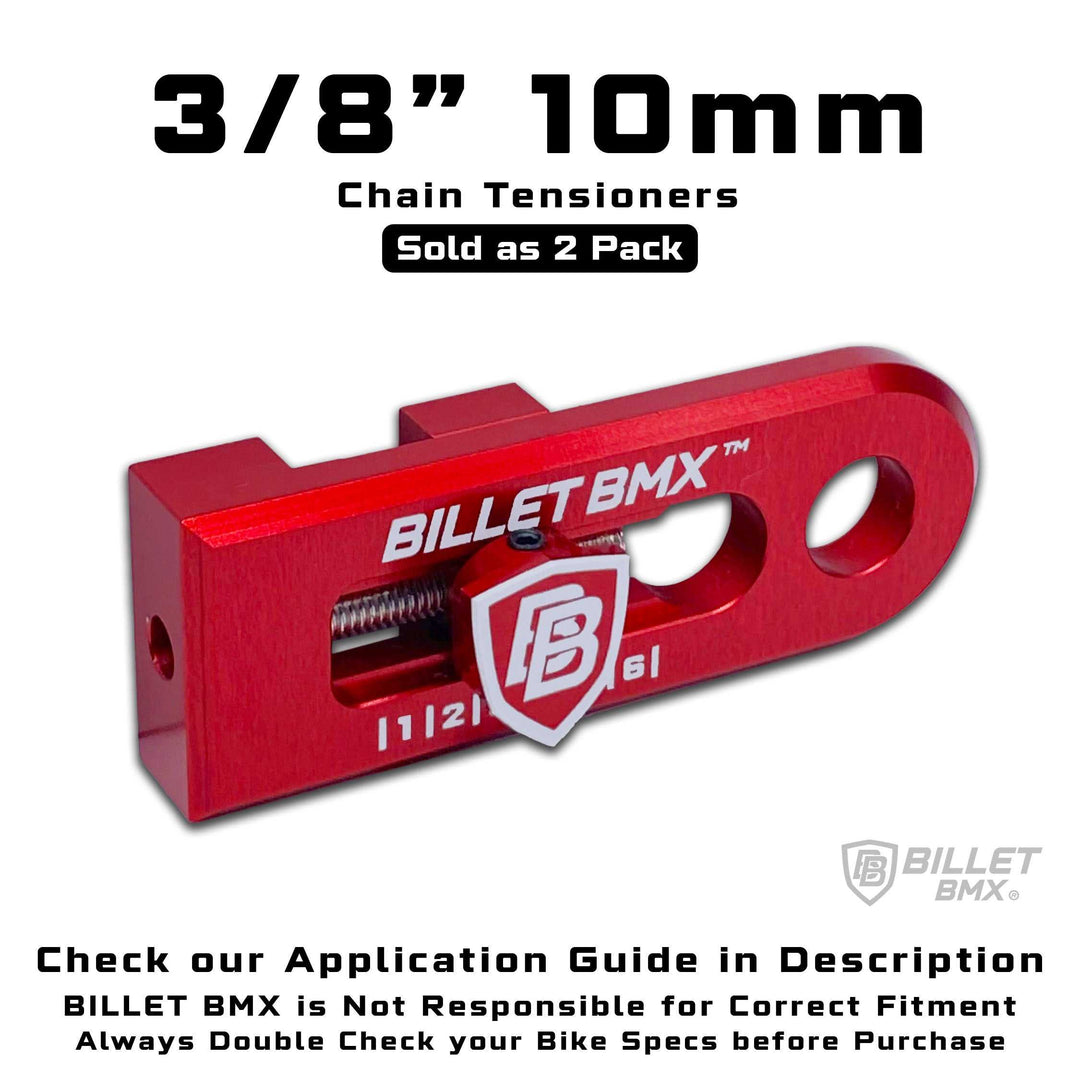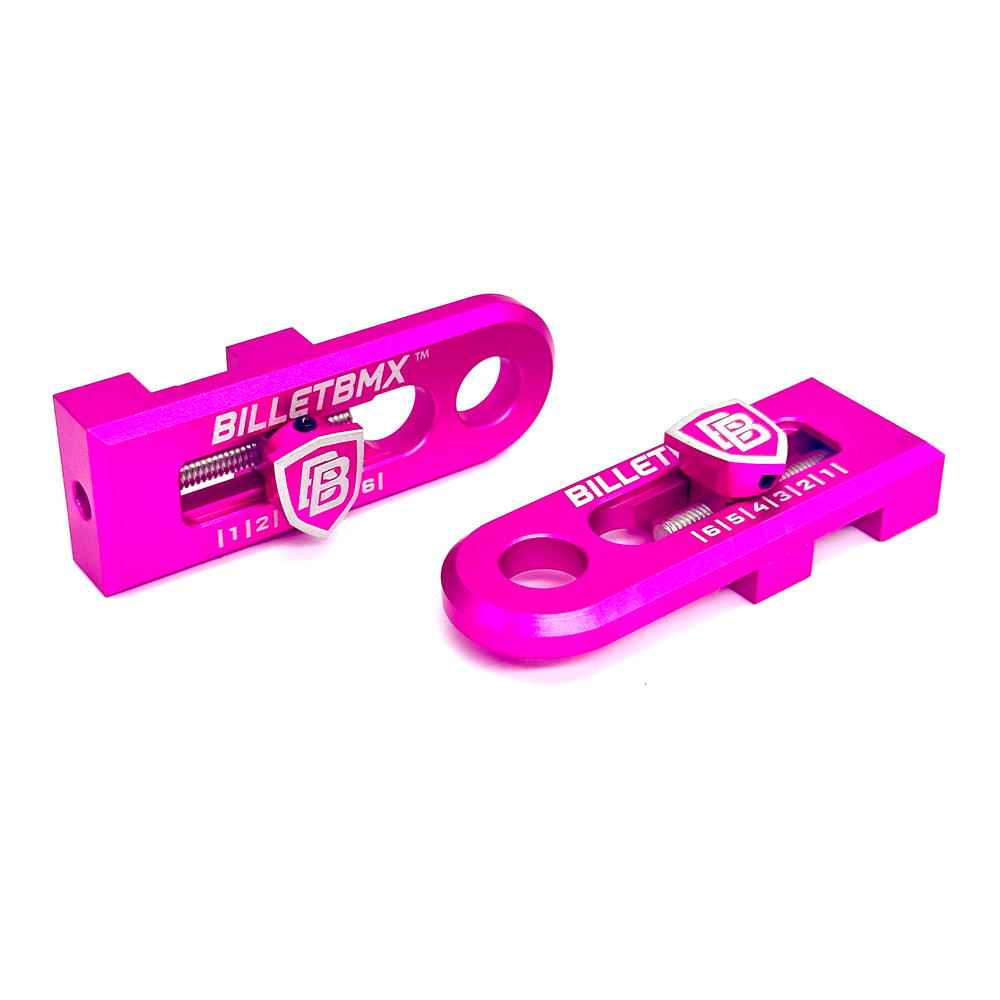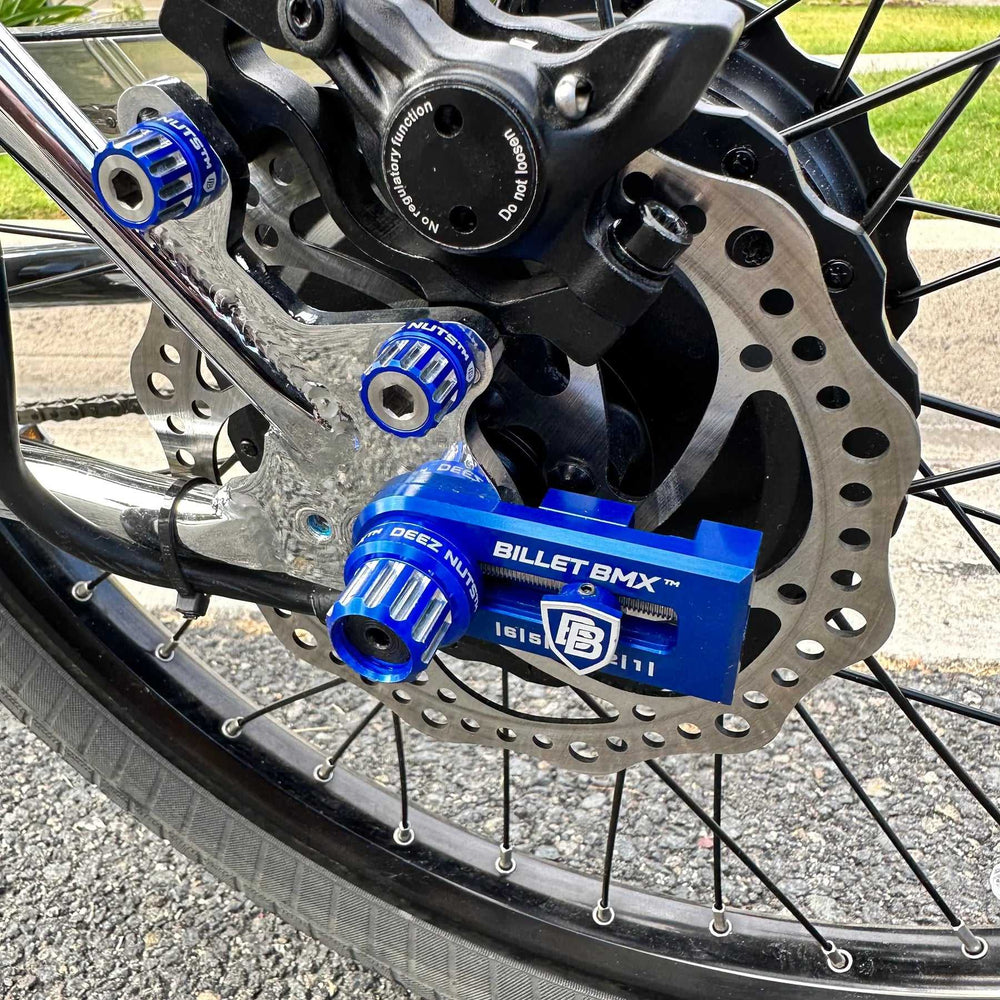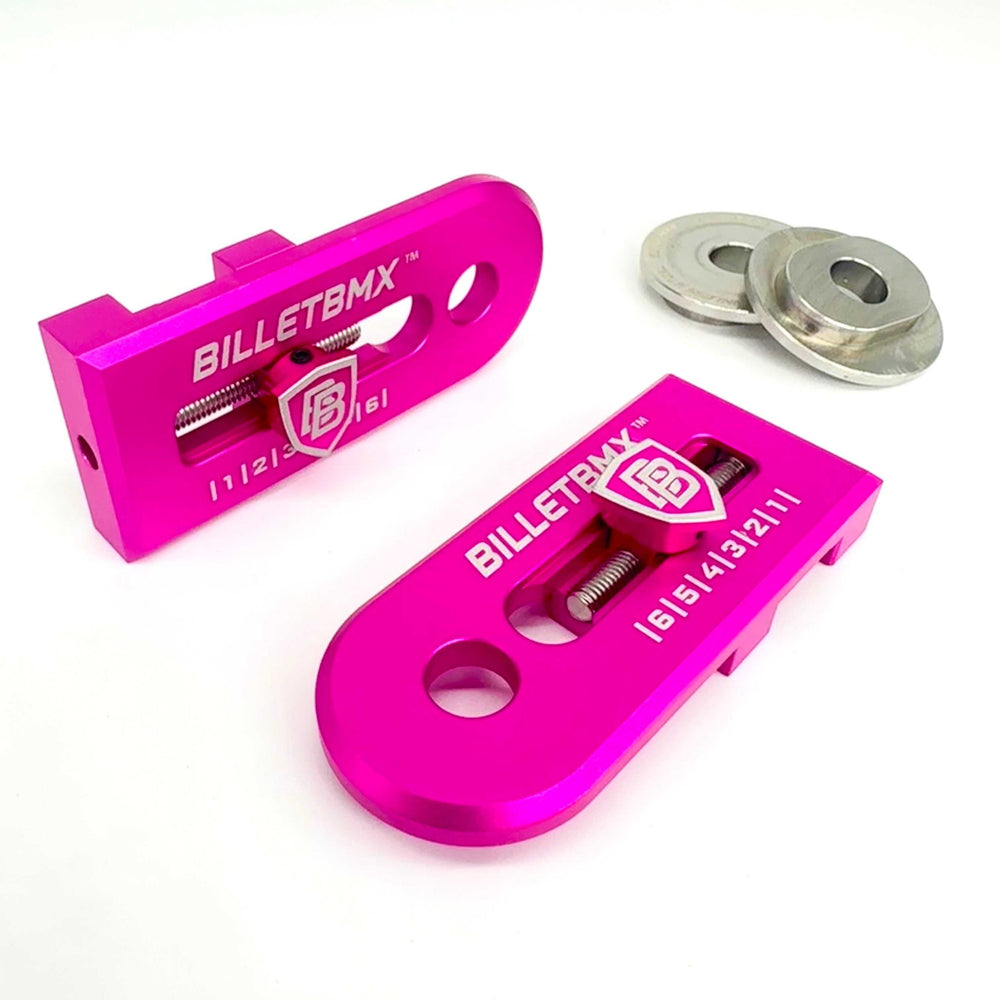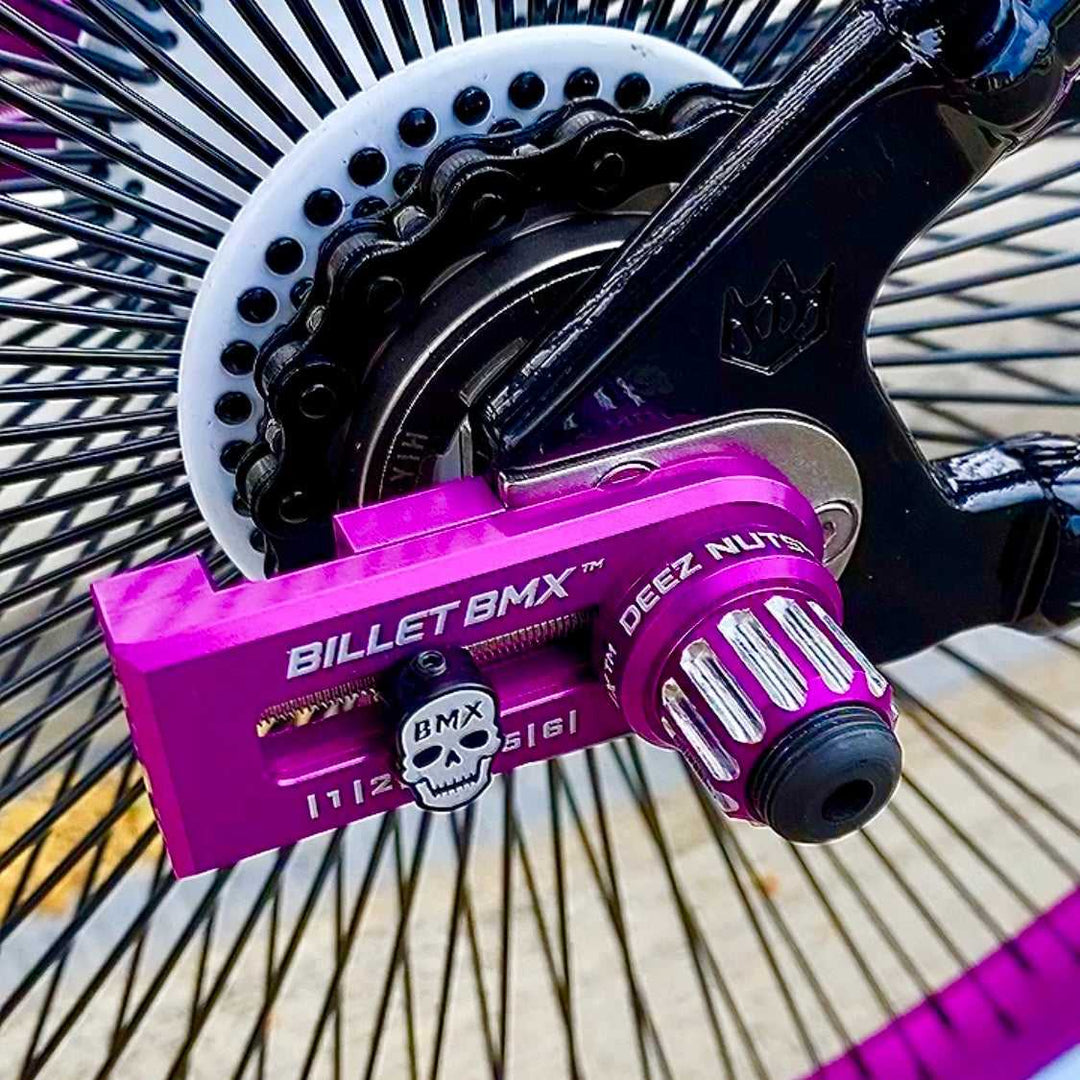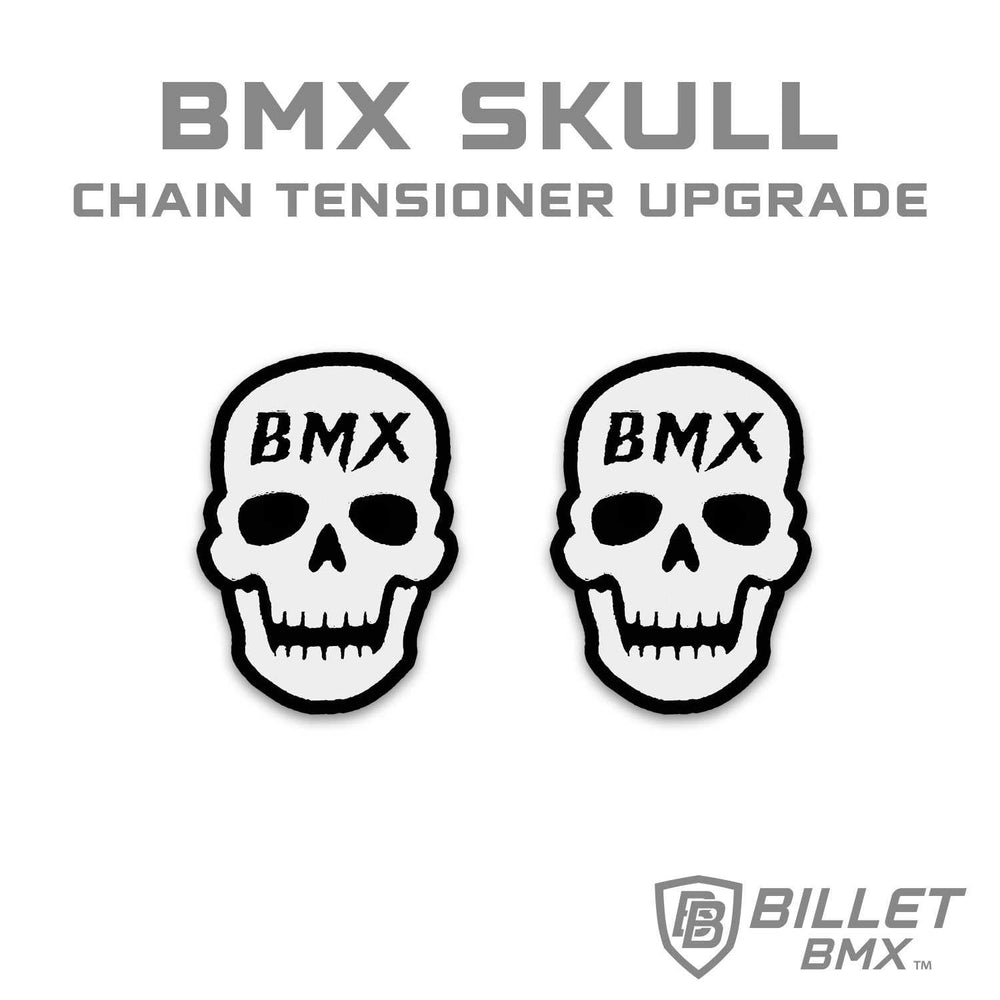Rubber vs. Silicone: Which BMX Grip Material Wins?
![]()
When it comes to riding, control is everything and that’s where a good BMX grip makes all the difference. Whether you’re performing tricks, racing, or simply cruising, the right grip can impact comfort, handling, and overall performance. Among the wide range of materials available, rubber and silicone grips stand out as the most popular choices. But which one is better for your BMX setup?
In this blog, we’ll break down the differences between rubber and silicone grips, comparing comfort, durability, performance, and cost helping you choose the perfect BMX grip for your style.
Understanding the Role of BMX Grips
BMX grips are more than just accessories; they’re vital components that connect the rider to the bike. They ensure a secure hold, absorb shock, and prevent hand fatigue during long or intense rides. A high-quality BMX grip provides stability, reducing the chances of slipping and improving control on all terrains from skateparks to dirt trails.
Rubber BMX Grips- Classic Comfort and Reliability
Why Riders Love Rubber Grips
Rubber grips have been the standard in BMX for decades. They’re known for their excellent comfort, flexibility, and strong tactile feedback. The natural elasticity of rubber provides a cushioned feel, making it easier to ride for extended periods without hand strain.
Rubber grips are also great for absorbing vibrations from rough surfaces, giving riders smoother control over their handlebars.
Pros of Rubber BMX Grips
- Affordable: Rubber grips are budget-friendly, making them accessible for all riders.
- Comfortable: Soft texture that adapts to your hands.
- Excellent traction: Maintains grip even when slightly wet or sweaty.
- Variety of patterns: Available in multiple textures and designs for enhanced control.
Cons of Rubber BMX Grips
- Durability: Over time, rubber grips can wear down or become sticky due to heat or sweat exposure.
- Maintenance: They may need to be replaced more frequently if used in tough weather or dirt conditions.
Silicone BMX Grips — Modern Performance and Longevity
Why Silicone Is Gaining Popularity
Silicone grips are a newer innovation in BMX technology. Riders who value durability and performance under all conditions often prefer them. The material is lightweight, weather-resistant, and provides a consistent feel even in extreme temperatures.
Unlike rubber, silicone doesn’t degrade easily, which makes it a great option for riders who push their bikes to the limit.
Pros of Silicone BMX Grips
- Long-lasting: Resistant to cracking, hardening, or becoming sticky over time.
- Non-slip performance: Maintains strong grip in wet or muddy conditions.
- Easy to clean: Dirt and sweat can be wiped off quickly.
- Premium feel: Smooth texture with firm control.
Cons of Silicone BMX Grips
- Higher price: Usually more expensive than rubber grips.
- Different feel: Some riders find silicone less cushioned compared to rubber.
Rubber vs. Silicone — A Head-to-Head Comparison
| Feature | Rubber BMX Grip | Silicone BMX Grip |
|---|---|---|
| Comfort | Soft and cushioned | Firm but smooth |
| Durability | Moderate | High |
| Grip in Wet Conditions | Good | Excellent |
| Maintenance | Needs cleaning often | Easy to clean |
| Cost | Budget-friendly | Premium pricing |
Both materials have their advantages. Rubber grips excel in comfort and affordability, while silicone grips stand out for durability and all-weather performance.
Which BMX Grip Material Should You Choose?
For Casual Riders
If you enjoy occasional rides or street cruising, rubber BMX grips are a great choice. They’re comfortable, cost-effective, and provide enough control for general use.
For Competitive or Long-Distance Riders
If you’re into racing, stunts, or extended riding sessions, silicone BMX grips might be worth the investment. Their resilience and grip consistency can make a noticeable difference in performance.
Maintaining Your BMX Grips
Regardless of the material you choose, proper maintenance is key. Clean your grips regularly using mild soap and water, and avoid leaving your bike in direct sunlight for long periods. Replacing grips once they start to lose texture ensures safety and comfort during every ride.
Conclusion
Both rubber and silicone BMX grips have their strengths. The best option depends on your riding style, budget, and preference. Rubber grips offer classic comfort and affordability, while silicone grips deliver advanced performance and durability.
No matter what you choose, make sure your grips fit securely and feel comfortable in your hands because in BMX, control means confidence.
Shop Premium BMX Grips at Billet BMX
Looking for the best BMX grips and parts?
Billet BMX offers a premium selection of BMX components designed for performance, comfort, and style. Best in quality and affordable you’re just one click away. Shop today and upgrade your ride with Billet BMX!



